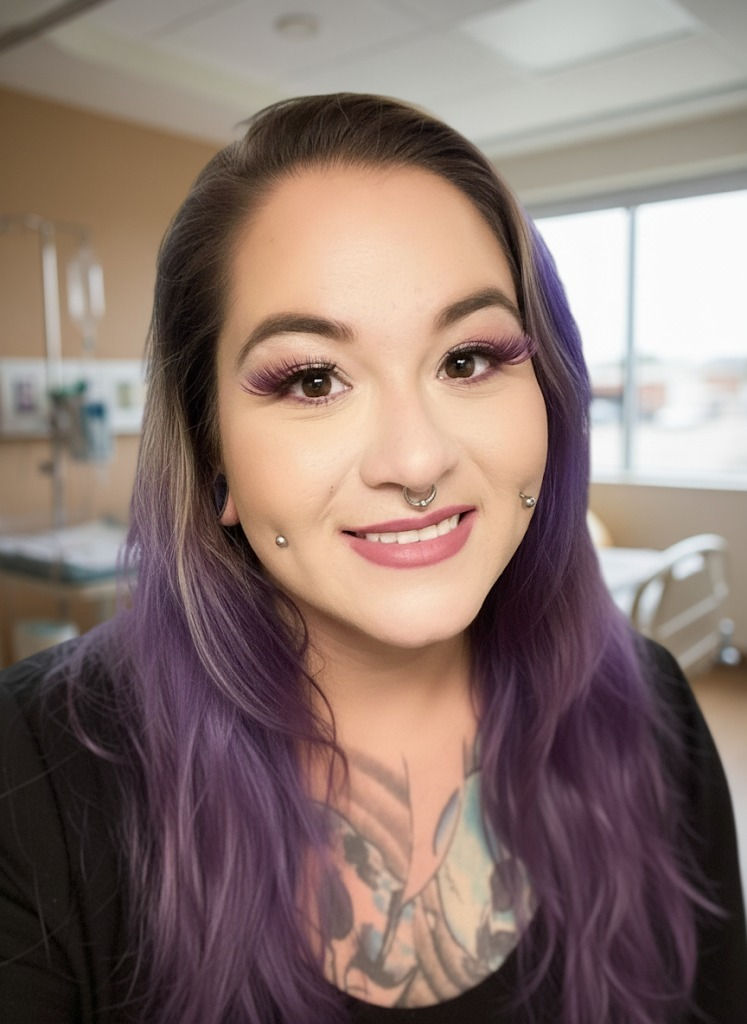The Magic of Vernix: Why Skipping the First Bath Can Benefit Baby
- Kat Allen
- Mar 3
- 2 min read

What Is Vernix, and Why Is It Important?
Vernix caseosa, or vernix, is that creamy, white substance that covers a baby’s skin before birth. Formed during the third trimester, it’s a mixture of sebum (the body’s natural oils), shed skin cells, and lanugo (soft prenatal hair). Vernix serves as a protective barrier for your baby’s skin while they’re still in the womb, keeping them moisturized in the amniotic fluid and protecting them from infections.
After birth, this same protective layer offers several benefits. It helps moisturize your baby’s skin naturally and is rich in proteins and antioxidants that continue to nourish and protect. It also acts as a natural barrier against bacteria, which can be especially important in those first few hours and days when their immune system is still developing.
Skin-to-Skin Without Washing
Delaying the first bath means giving you and your newborn time to enjoy skin-to-skin contact without the immediate interruption of washing away this naturally protective layer. Keeping the vernix intact allows it to soak into your baby’s skin, helping prevent dryness and promoting skin health right from the start. Studies have shown that keeping vernix on a baby’s skin can decrease the risk of skin conditions like eczema, which can benefit them in the long run.
Supporting the Microbiome
A newborn’s skin microbiome, which is an ecosystem of healthy bacteria on the skin, is also crucial in building immunity. Vernix helps support the development of this microbiome by providing a nurturing environment that helps balance and build up the baby’s own beneficial bacteria. Wiping it away too soon may disrupt this process, so allowing it to absorb and stay on the skin can greatly boost your baby’s immune health.
Sensory and Emotional Benefits
Leaving vernix on your baby also has soothing effects. The smell of vernix, that indescribable “newborn scent,” can be calming and bonding for both the parent and the baby. Babies are familiar with the scent and feel of vernix from their time in the womb, and keeping it around for a bit longer can be grounding and comforting as they adjust to the world outside. When we skip the first bath, we’re also sending the message to our little ones that their birth is happening on their terms—gently, with respect, and without rushing through these precious first moments.
How Long Should You Wait?
Every family and birthing environment is different, so how long you choose to delay the bath is up to you. Some parents wait 24 hours, others a few days, and some prefer to let it naturally absorb completely, meaning their baby doesn’t receive a bath for over a week. Talking to your birth team and setting up your wishes ahead of time can ensure you and your baby have that peaceful bonding time without the interruption of a bath.
Embracing the Natural Process
Your baby's arrival is such a raw, vulnerable experience, and sometimes, the simplest choices make all the difference. Waiting on the first bath, allowing that layer of vernix to stay, is just one way to honor your baby’s journey into the world. It’s a decision rooted in love and respect for their body and yours, allowing that natural process to unfold as nature intended.



Comments